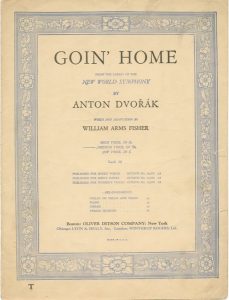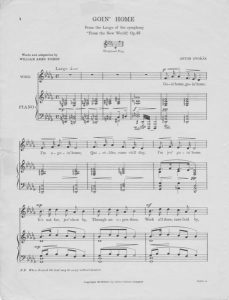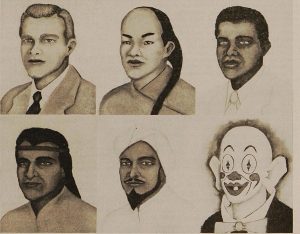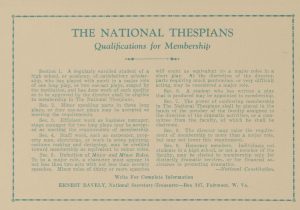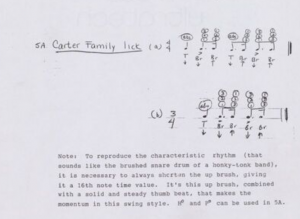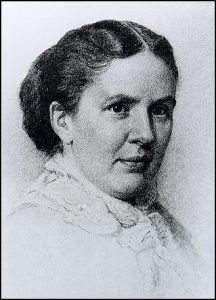When I first scrolled through all the genres listed on the Alexander Street Jazz Music Library, the “Opera and Operetta” category immediately caught my eye, as jazz and opera rarely intersect. Only three results popped up, once of which was titled “Modern Jazz Performances from Bizet’s Carmen” by American jazz guitarist Barney Kessel [1]. The album, released in 1986, takes popular motifs from Bizet’s opera and transforms them into jazz tunes, featuring guitar, brass, woodwind, and percussion instruments.
Georges Bizet (1838-1875) was a French composer who wrote the opera Carmen three months before dying [5]. Carmen takes place in Seville, Spain and places heavy emphasis on the exoticisms of both Spain and the gypsy world. Bizet was drawn to the exotic cultures and music of non-Western European countries, and additionally wrote operas set in Sri Lanka and Egypt [4]. Habanera, or “Havanan Dance,” is sung by the title character Carmen as soldiers in the town square flirt with her and other female workers [3]. The aria frequently repeats the words “L’amour est enfant de bohème,” or “love is a gypsy child.” While Bizet allegedly believed the Habanera to be a folk song, he actually stole it from Spanish composer Sebastian Iradier. Bizet was forced to acknowledge Iradier after this was brought to his attention.
I decided to focus on comparing Bizet’s famous “Habanera” with Kessel’s version, titled “Free as a Bird.” Habanera begins with a simple, pulsating cello ostinato that continues throughout the entire aria, against the soprano’s descending chromatic line. The rest of the strings join in pizzicato, along with the flute. The triangle and tambourine provide percussive elements.
In “Free as a Bird,” the guitar replaces the cello, and the soprano solo is traded between the saxophone and the flute. While Kessel essentially uses the same melody as Habanera, he adds other contrasting motifs and harmonies, as well as more complex percussion. Towards the middle of the track, the guitar plays a solo improvisation-sounding cadenza, taking Habanera’s basic melody and harmonizing it with 7 and diminished chords, common in jazz music. He then adds in a drumset, gives the melody to the brass, and has the guitar improvise on top.
What I found most interesting about this album was Kessel’s choice to take Bizet’s melodies and essentially American-ize them by using jazz instruments and chord progressions. The album is also purely instrumental, thus removing all of Bizet’s French text. This choice is ironic, because Bizet did a similar thing when choosing to compose Carmen. As a French composer, he took, and sometimes stole, Spanish melodies, and made them more Western by adding French libretto and generally Western-sounding orchestration. However, Kessel’s adaptation of Bizet’s melodies is not as controversial in my opinion, because Bizet stole non-Western “exotic” music, whereas Kessel took music from a white French composer (and fully credited him).
- Barney Kessel : Modern Jazz Performances from Bizet’s Carmen. Recorded January 1, 1986. Contemporary, 1986, Streaming Audio. https://search.alexanderstreet.com/view/work/bibliographic_entity%7Crecorded_cd%7C543727.
- “Habanera Lyrics, Translation, and History.” liveaboutdotcom. Accessed 11 Nov. 2019. https://www.liveabout.com/habanera-lyrics-translation-and-history-724328
- Henson, Karen. “Exoticism in Carmen.” Bizet: Carmen; Columbia University. Accessed 11 Nov. 2019. http://www.columbia.edu/itc/music/opera/carmen/exoticism.html
- Macdonald, Hugh. “Bizet, Georges.” Grove Music Online. 2001; Accessed 11 Nov. 2019. https://www.oxfordmusiconline.com/grovemusic/view/10.1093/gmo/9781561592630.001.0001/omo-9781561592630-e-0000051829.

